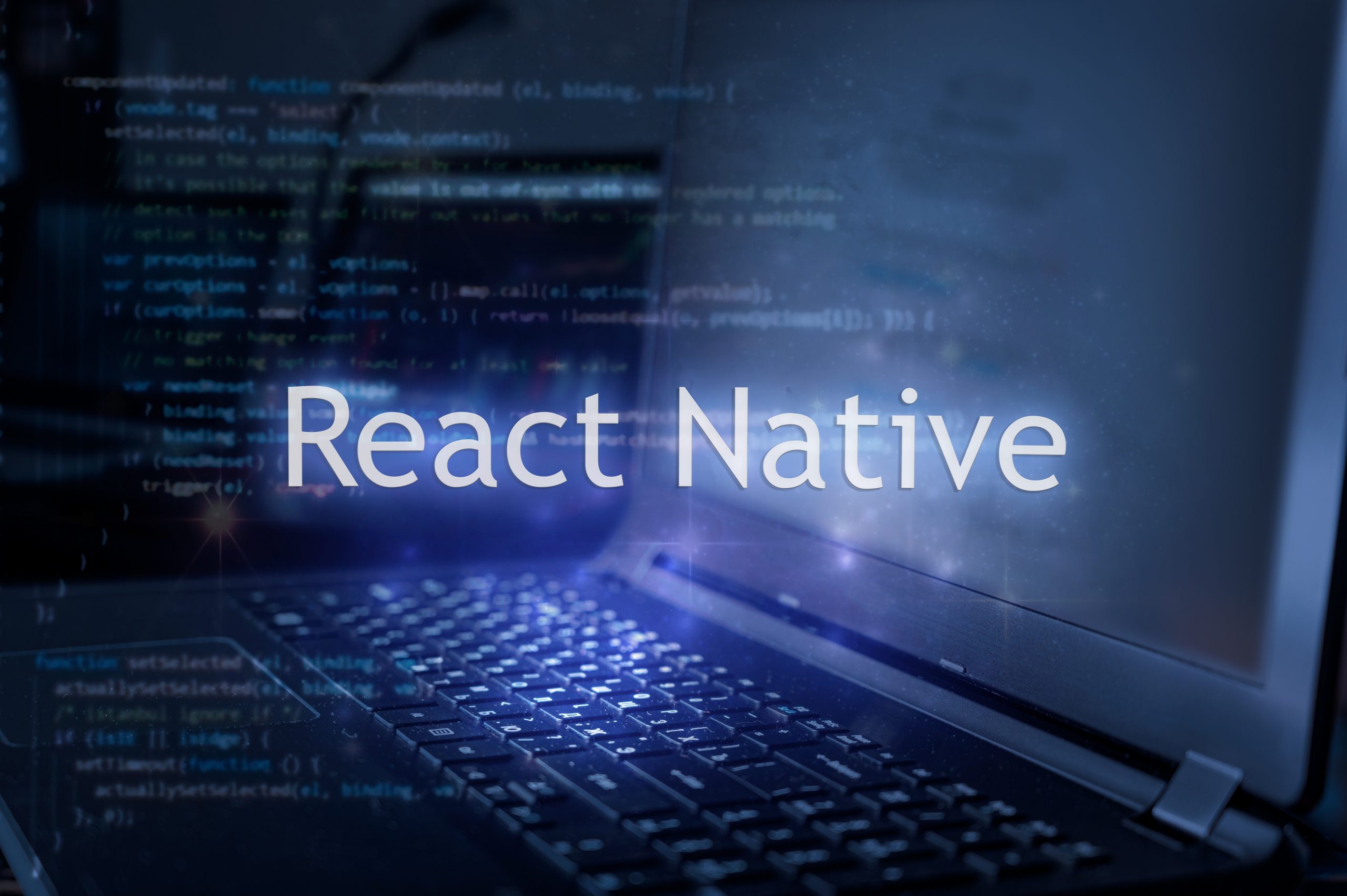Top 5 Things You Should Know About React Native

Facebook first introduced React Native in 2015, and since then, it has experienced significant growth in popularity. We made the framework to solve the problem of creating mobile apps that work well on different platforms. React Native has become a powerful tool for creating cross-platform apps, thanks to its developer community. It has experienced significant growth in popularity.
React Native combines the advantages of web development and native mobile apps, resulting in efficient and high-performing applications. Developers can write code once and deploy it on both iOS and Android platforms, saving time and resources. Creating React app Native is popular for companies wanting to simplify app development and reach more people.
What is React Native?
React Native is an open-source framework used by software developers for app development. Facebook developed it for building mobile applications. It enables the development of cross-platform mobile apps using JavaScript and React. The React coding language lets developers write code once and use it on iOS and Android, saving time and resources.
Leveraging the React library, React Native mobile development provides a familiar development environment for those already acquainted with React. Important features include almost perfect performance, live code changes, and a large community with many libraries. Developers use React Native to create apps with the benefits of cross-platform development and native applications.
Reasons Why You Should Opt for React Native for Mobile App Development
- Cross-Platform Development Efficiency : One of the most significant advantages of React Native is its ability to facilitate cross-platform development. With a single codebase, developers can create applications that run seamlessly on both iOS and Android platforms. This not only saves time but also allows for consistent user experiences across devices.React Native achieves this by utilizing a “learn once, write anywhere” philosophy. React developers can build mobile apps without learning Swift or Java. React is a JavaScript library for creating user interfaces. This streamlined approach accelerates development cycles and reduces the resources required to maintain separate iOS and Android codebases.
- Hot-Reloading for Rapid Development : React Native introduces a game-changing feature known as hot-reloading, significantly boosting the developer’s productivity and speeding up the iteration process. Hot-reloading lets developers instantly see code changes without rebuilding the whole application. This feedback loop improves development by allowing easy experimentation with UI/UX changes and refining code without interruptions.This feature makes development faster and more enjoyable by allowing for interactive coding. It helps developers work faster, find and solve problems quickly, and deliver a better product in less time.
- Extensive Third-Party Library Support : React Native has a thriving community and a plethora of libraries and modules created by others. These libraries cover a wide range of functionalities, from navigation and state management to animations and native integrations. React platform ready-made solutions speed up development. They also allow developers to concentrate on creating special features instead of starting from scratch.The large collection of external libraries means developers can use reliable and tested solutions. This, in turn, contributes to the overall stability and reliability of React Native applications.
- Native Performance with a Single Codebase : One common concern with cross-platform frameworks is the potential sacrifice of performance for code sharing. React Native solves the problem by using native elements. This ensures that the result of creating a React native app meets users’ expectations for a native app.By utilizing native modules and APIs, React Native-released apps can access device-specific functionalities seamlessly. This means developers can achieve the performance of a native app while maintaining a single codebase. The framework is great for high-performance projects as it combines reusable code and native speed.
- Strong Developer Community and Support : React Native has a strong developer community that helps improve and support the framework. The community helps develop the framework, shares insights, and exchanges knowledge through forums, blogs, and conferences.Having a strong community translates into better documentation, a plethora of tutorials, and quicker issue resolution. Developers can learn about React Native and access a lot of knowledge, which helps them stay updated on the best methods. This knowledge helps develop React Native apps with ease. You also stay current and adapt to changes in mobile app development.
Why Should We Use React Native Platform for Apps Development?
Several compelling reasons exist to use the programming language React Native for mobile app development.
- Cross-Platform Development: Build mobile apps for both iOS and Android with a single codebase.
- Code Reusability: Share a significant portion of code between different platforms, reducing development time.
- React Ecosystem: Leverage existing React knowledge for mobile app development.
- Near-Native Performance: Achieve performance levels close to native apps by using native components.
- Hot-Reloading: See real-time results of code changes without restarting the app, speeding up development.
- Large Community and Ecosystem: Access a vibrant community and a wealth of resources, libraries, and plugins.
- Third-Party Plugins and Native Modules: Incorporate native features and third-party plugins for expanded functionality.
What is React and React Native and What is the Difference?
React JS and React Native, created by Facebook, have similar principles but serve different purposes and platforms. Here are the significant differences between React JS and React Native:
Platform:
- React JS: Designed for building user interfaces for web applications.
- React Native: Designed for building mobile applications for iOS and Android
Target Platforms:
- React JS: It targets browsers and developers can use it to develop web applications that run in a browser environment.
- React Native: Targets mobile platforms (iOS and Android) for native mobile app development.
Components:
- React JS: Uses HTML-based components to create a web UI.
- React Native: Uses native components like <View>, <Text>, <Image>, etc., to create a mobile UI that closely resembles native UI elements.
Styling:
- React JS: CSS is the typical tool used for styling.
- React Native: The design system resembles CSS but we modify it for mobile app creation.
APIs and Modules:
- React JS: Has a set of APIs for handling web-specific functionalities and events.
- React Native: Provides different APIs and modules for accessing mobile device features and native functionalities.
Deployment:
- React JS: Web servers deploy web applications.
- React Native: The respective app stores (e.g., Apple App Store, Google Play Store) bundle and deploy mobile apps.
Code Reusability:
- React JS: You can reuse the code to some extent for progressive web apps but you may need to make adjustments for native mobile features.
- React Native: Enables significant code reusability between iOS and Android, allowing developers to share a large portion of the codebase.
Development Environment:
- React JS: Developed and tested in web browsers.
- React Native: Requires a React mobile app development environment with simulators/emulators or physical devices for testing.
How Does React Native Work?
React Native works by bringing together JavaScript Code and Native code. Native code runs automatically on the device, but the JavaScript code has to run using a virtual machine. iOS devices come with an inbuilt script engine called JavaScriptCore that executes the Java code. Android devices don’t have an engine, so they use the React Native framework to execute the code.
Reputed React Native Application Developments Over the Years
Developers have built many React Native projects and applications across various industries. Keep in mind that technology trends and usage can change, and developers may have created new apps since then. Here are some examples of these applications:
- Facebook : The Facebook app itself uses React Native for certain features, demonstrating the framework’s capabilities in large-scale applications. The platform used React to create its own iOS and Android ad management app.
- Instagram : Instagram, a popular photo and video-sharing social media platform, utilizes React Native for its mobile app.
- WhatsApp : WhatsApp, a widely used messaging application, employs React Native for its user interface on both iOS and Android.
- UberEATS : Uber built UberEATS, the food delivery platform, with React Native, which enables cross-platform functionality.
- Airbnb : Airbnb, a global online marketplace for lodging and travel experiences, uses React Native for parts of its mobile application.
- Walmart : Walmart uses React Native for its mobile app to give the same user experience on iOS and Android. It witnessed faster application performance in their apps.
- Skype : Skype, a communication platform, uses React Native for its mobile app to ensure a consistent experience across platforms. By altering the desktop version, we made it compatible with the mobile version.
- SoundCloud Pulse : The developers use React Native to develop SoundCloud Pulse, an app for artists to manage their SoundCloud accounts.
Conclusion
Picking the right framework is crucial and can greatly affect the success of a mobile app project. React Native, with its cross-platform efficiency, hot-reloading capabilities, extensive library support, native performance, and thriving community, emerges as a compelling choice.
Whether you work alone or in a team, React Native helps you create good mobile apps quickly and effectively. As the framework grows, it becomes a leader in the changing world of mobile app development.
Frequently Asked Questions (FAQs)
React Native is suitable for a variety of mobile applications, especially those requiring cross-platform development. Good for projects with shared UI parts, balances speed and compatibility across platforms. However, for highly specialized or resource-intensive apps, developers may opt for platform-specific development. Overall, React Native is versatile but the choice depends on specific project requirements.
React Native is a JavaScript library for making UI components with React and connecting them to device features. This combination allows for cross-platform mobile app development with a unified codebase.
Yes, developers can test their apps during the development phase using React Native. The framework has a feature called hot reloading. It lets you make code changes in real time without rebuilding the whole app.
Developers widely support React Native. People enjoy it because it works on various platforms, has a large community, and is supported by Facebook. Developers prefer React Native because it is simple to use and compatible with both iOS and Android. Additionally, it offers a wide range of libraries and tools for development on both platforms.
React Native is primarily designed for mobile app development on iOS and Android. However, it does not inherently support web app development. Developers typically utilize React, the library that serves as the foundation for React Native, to build web applications.
You can use React for web apps and React Native for mobile apps to create them with the same code. This allows you to reuse code for both platforms. This way, you can reuse code for both platforms.


